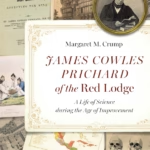
James Cowles Prichard of the Red Lodge by Margaret M. Crump

Drug rep gifts: prescribing by persuasion
Industrial Therapy Organisation
In 2025 Glenside Hospital Museum received funding from the National Lottery Heritage Fund in support of the Protect our Wellbeing (PoW!) project.
This has given us a precious opportunity to explore and preserve the history of the Industrial Therapy Organisation (ITO), which was an example of pioneering mental health recovery that was introduced by Dr. Donal Early in the 1950's here at Glenside.
Read on for some fascinating facts about Dr Early's vision, the birth of the Industrial Therapy Organisation (ITO), the iconic workplaces in Bristol that took part, patient recovery statistics, and the fascinating royal link.
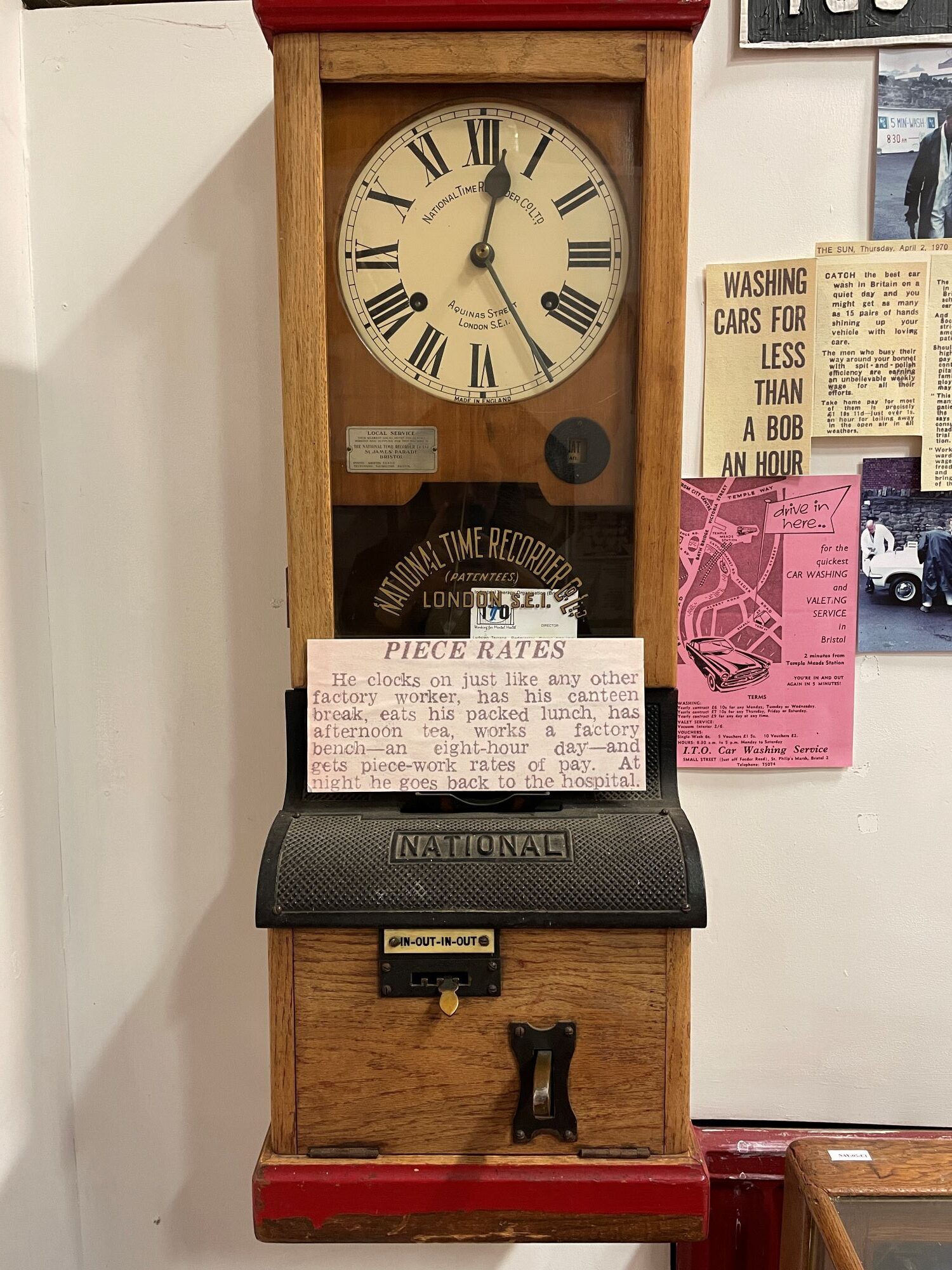
ITO Clocking in machine featured in the Glenside Hospital Museum collection
5 pillars of mental health care
In 1861 when Bristol Lunatic Asylum opened as a purpose built mental health hospital there were no modern day pharmaceuticals. Always placing recovery at the heart of patient care, its medical approach was therapeutic, and emphasised five pillars: a safe and uplifting environment, quality diet, adequate sleep, exercise, and occupation.
However, when the NHS was born in 1948, Bristol’s asylum became Glenside Hospital, and the crucial element of occupation was largely withdrawn. The 1950s ushered in a new era of mental health care with the development of medications like chlorpromazine and antidepressants. These breakthroughs allowed many long-stay patients to manage their illnesses.
Yet, by 1956, the hospital commissioners identified a critical shortfall: in-patient care needed to be therapeutic, not custodial. It was time for a bold change.
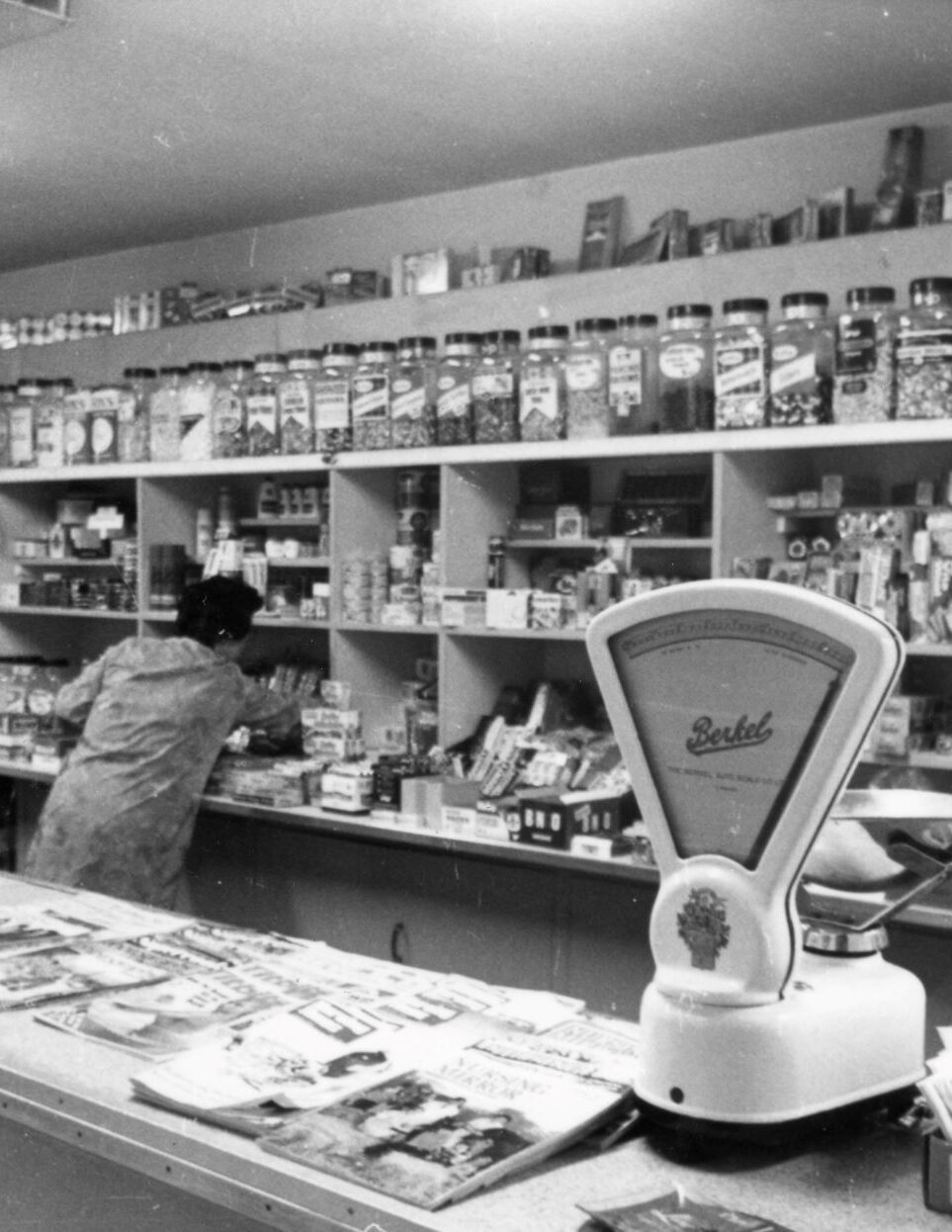
Patients often used their earnings at the hospital tuck shop
A radical new vision
In 1957, consultant psychiatrist Dr. Donal Early, founder of Glenside Hospital Museum, launched a pioneering initiative: industrial rehabilitation.
This program sought to provide meaningful, paid work to patients as a tool for recovery. Dr. Early collaborated with Mr. John Turley of the Tallon Pen Co., who agreed to trial outsourcing work to patients under close supervision. The work quickly expanded to various locations within the hospital, from a repurposed bathroom to the main dining hall. By the end of 1958, one-third of the hospital’s patients, approximately 380 individuals were employed through the Industrial Therapy Department.
Patients received fair pay, often using their earnings at the hospital tuck shop or even The Old Tavern public house. According to Glenside driver Mike Liddington, “They didn’t mind doing the work. I’d never heard anyone complain.”
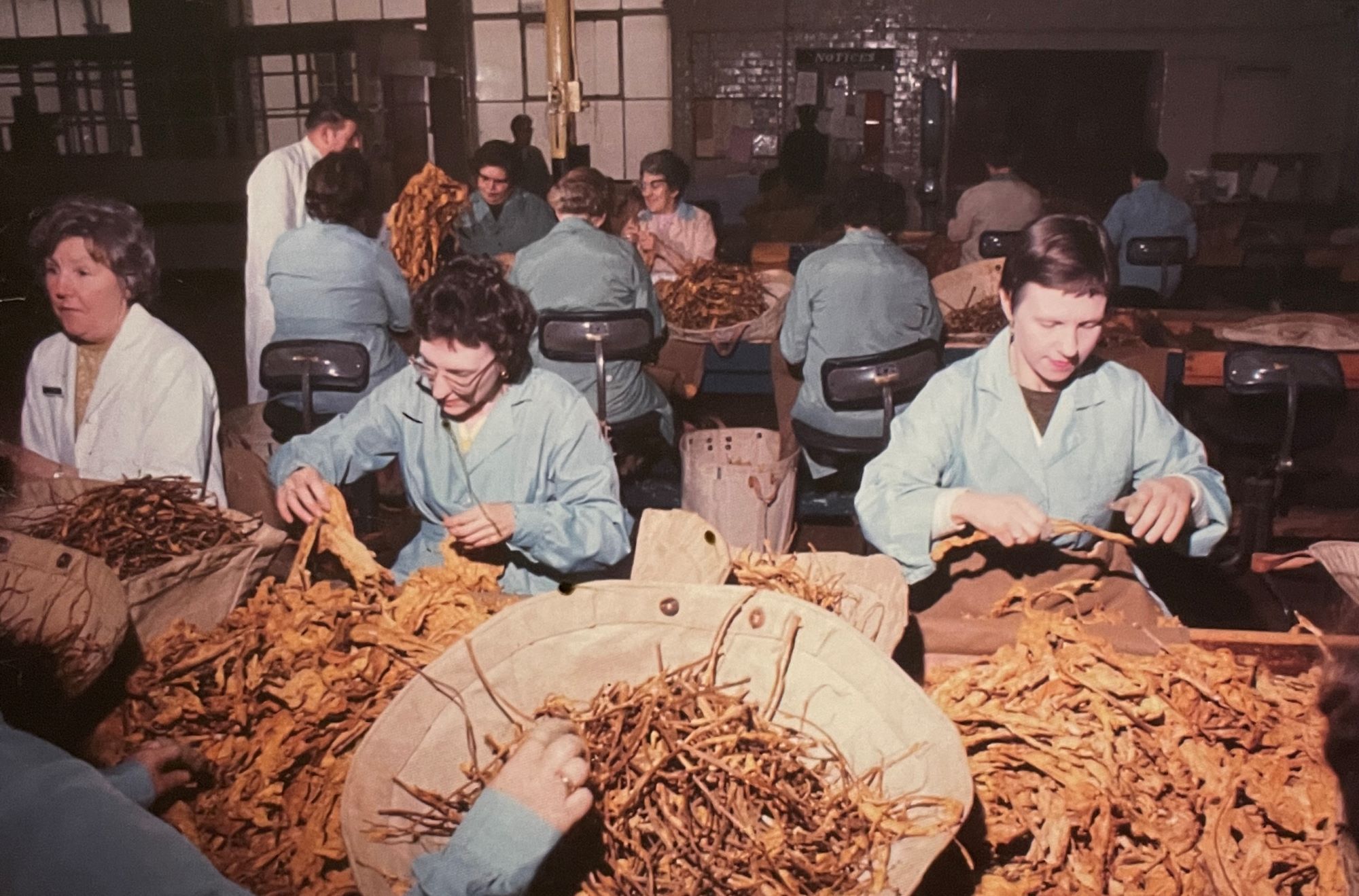
ITO workers in the Tobacco Factory Bristol
Creating the ITO
Industrial Therapy at iconic Bristol sites
By 1960, the initiative was formalised as the Industrial Therapy Organisation (ITO) Bristol Ltd. By this time the standard of patient living, dressing, and socialising had vastly improved. Patients worked alongside permanent employees at several factories across Bristol. Iconic sites included:
- Wills Tobacco Factory in Bedminster, now the Tobacco Factory Theatre and Bar.
- E. S. & A. Robinsons in Shortwood, renowned for producing Sellotape.
- The Hygienic Drinking Straws Co. in Fishponds.
- Derham Brothers boot manufacturers in Kingswood.

The 5 minute car wash
Washing away stigma
How a car wash changed perceptions
One of the most innovative projects was the launch of a car wash on Feeder Road in 1960.
Employing 14 patients, this "5 Minute Car Wash" brought those with chronic mental illnesses face-to-face with the public for the first time.
Financially and socially successful, the car wash became a symbol of ITO’s impact.
Did you know?
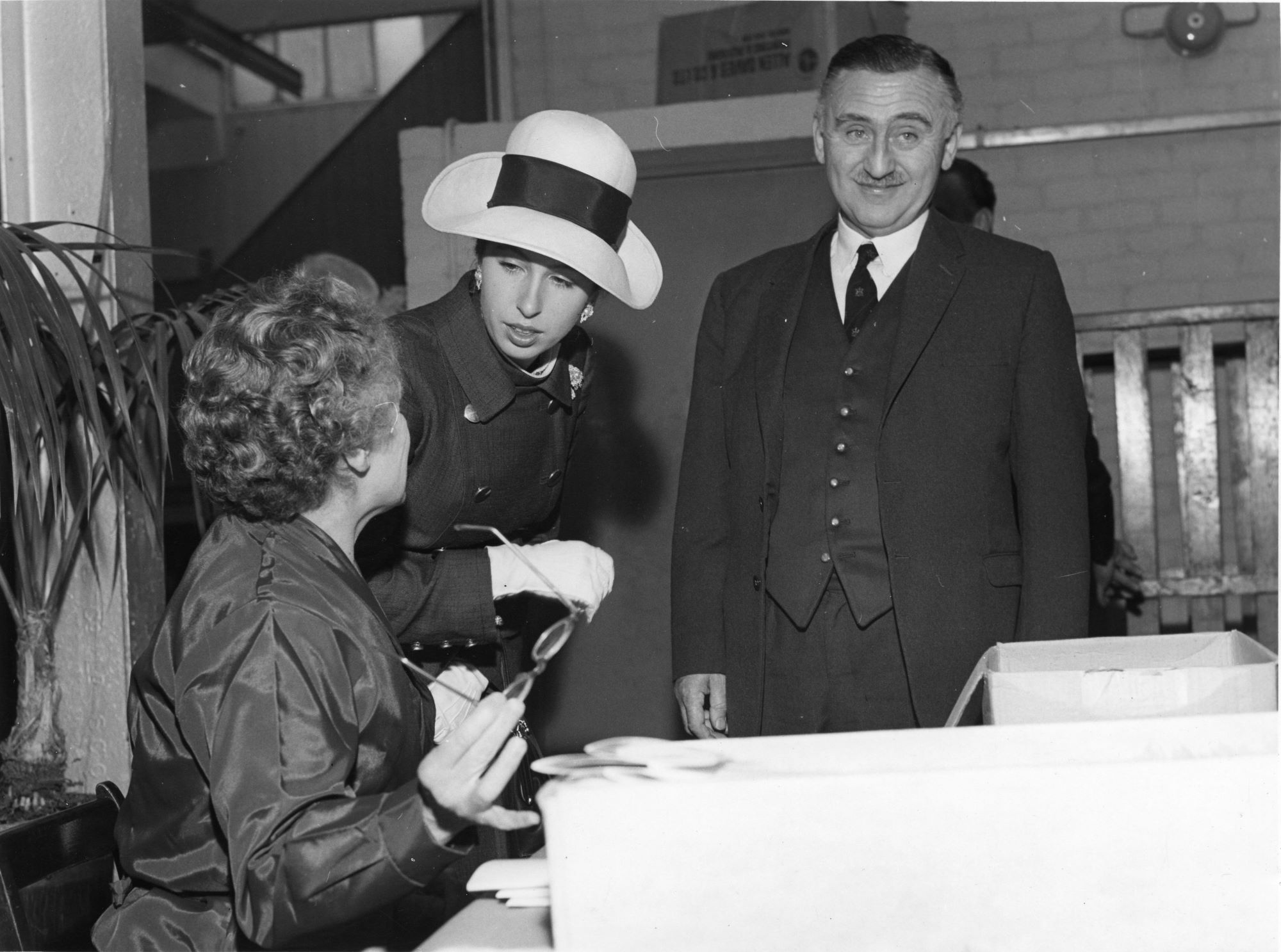
HRH The Princess Royal with Dr Early October 1969
Royal Recognition
The widening reach of ITO’s vision
By 1961, 52 patients were working as part of regular teams in four factories around Bristol. Many more were supported through ITO’s off-site programs, allowing them to earn money and have a purpose.
On October 27, 1969, Her Royal Highness The Princess Royal visited the ITO factory in Lydstep Terrace, Bedminster. Guided by Dr. Early, she observed patients at work and watched a demonstration of the car wash.
The patients presented her with a scroll expressing their gratitude: “To have a visit from our young Princess so soon after her first public engagement is a great encouragement to us.”
The 40th anniversary of ITO in the year 2000 was marked by a return visit from Princess Anne, to open the charity’s direct mail room.
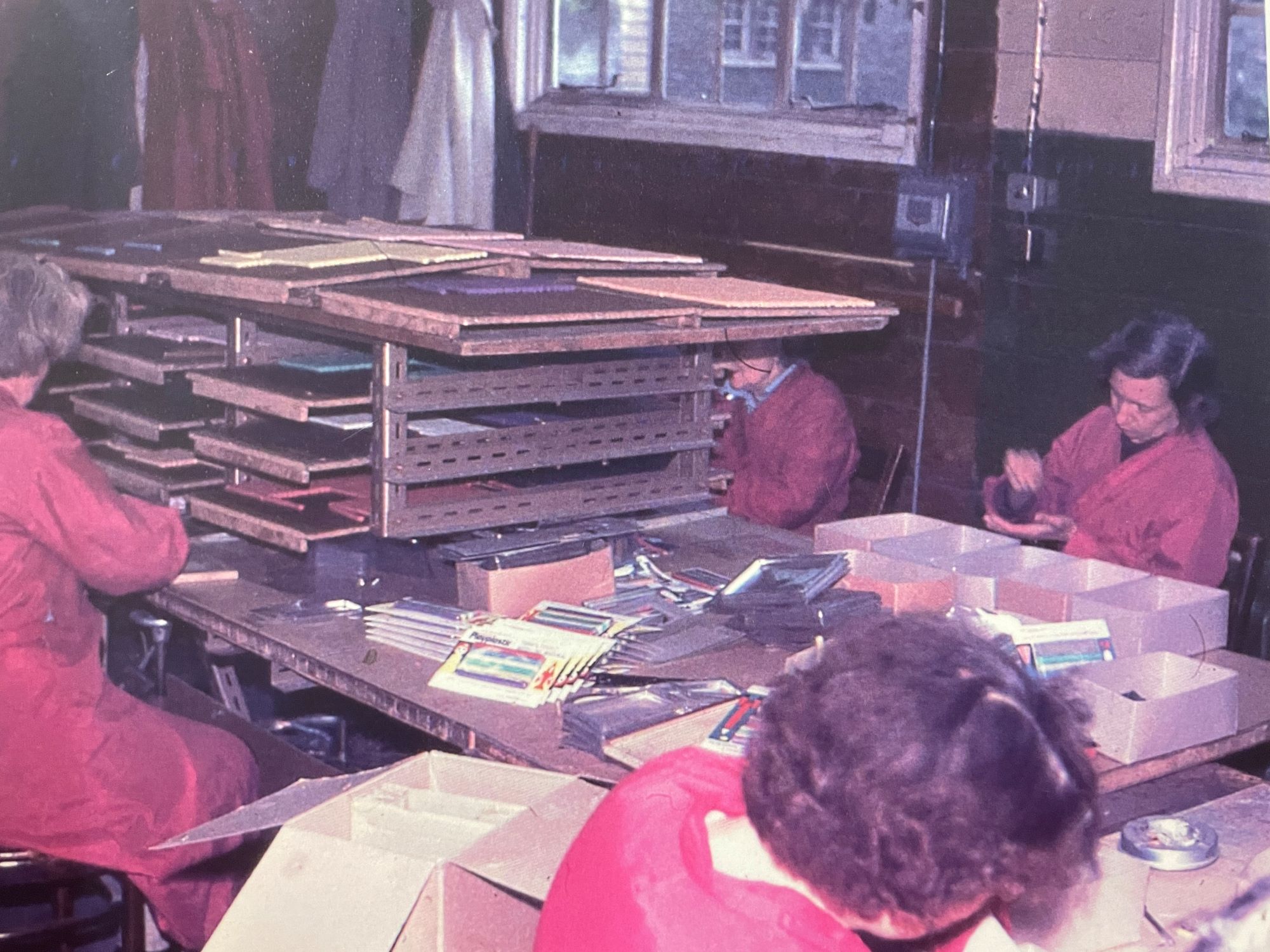
ITO department at Glenside, patients working for the Tallon Pen Co - the first ITO test scheme
Challenges and closure
Factory closures, funding cuts, and the shifting landscape of ITO
From its outset, ITO’s success carried an inherent irony: if enough patients were rehabilitated and discharged, the initiative might one day have no one left to support. However, the true reasons for its decline were more complex.
By the 1990s, Glenside’s patient population had aged significantly, with many no longer suitable for industrial work. Many factories were closing their doors and at the same time, funding cuts, culminating in Bristol City Council’s withdrawal of financial support left ITO in debt. ITO officially closed its doors in 2003.
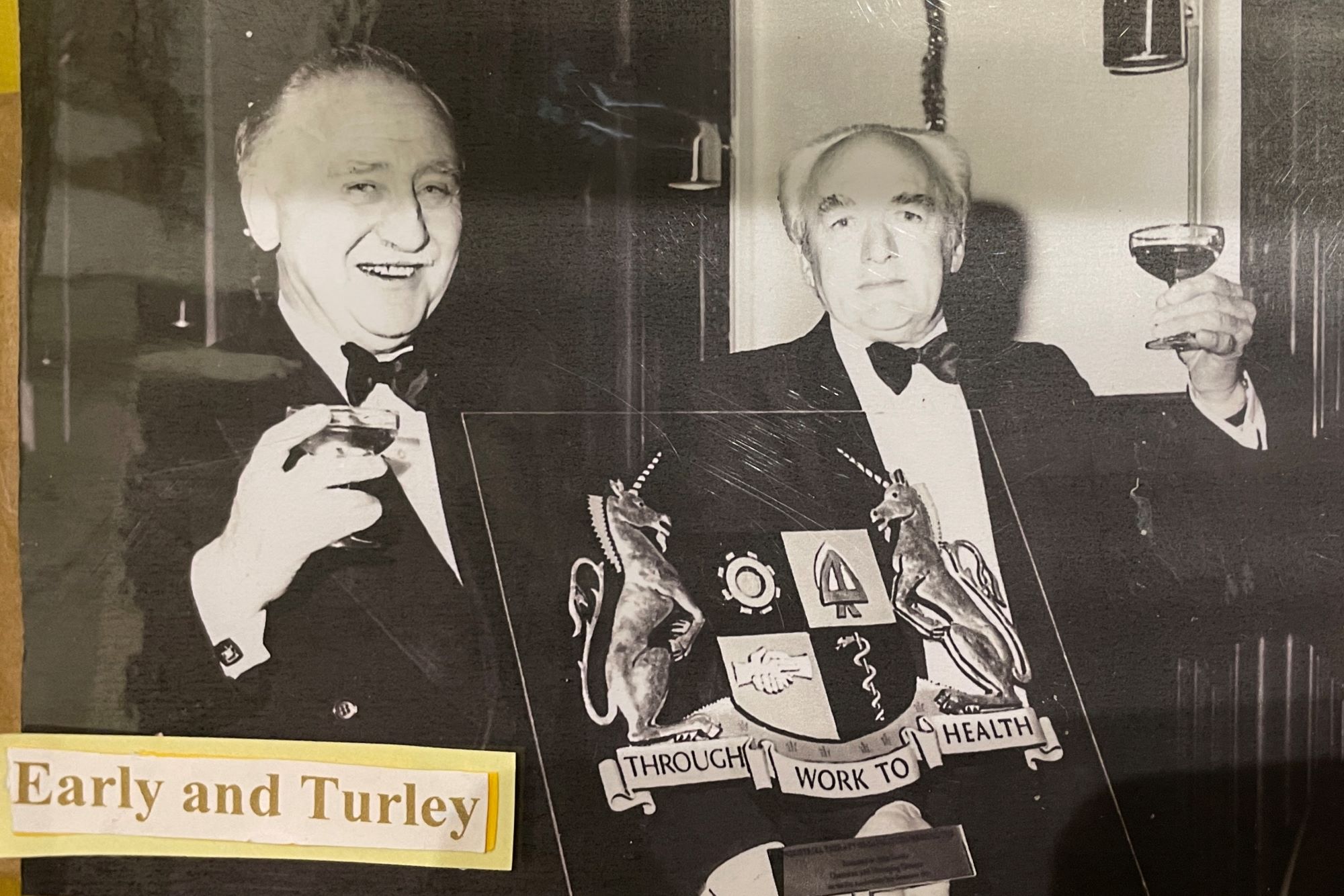
Dr Donal Early & Mr John Turley celebrating the 21st anniversary of the Industrial Therapy Organisation
Legacy of transformation
The enduring influence of ITO
Over its decades of operation, ITO transformed countless lives. More than 400 patients, many of whom had spent years or even decades in hospital, transitioned to regular employment, restoring their confidence, hope, and place in society.
As Dr. Early’s book The Lunatic Pauper Palace (available in our museum's gift shop) highlights, the program’s success owed much to the collaboration and goodwill of local businesses, unions, and hospital staff. ITO was such a successful model in supporting patients’ recovery that it was replicated across Britain, and internationally.
Today, Glenside Hospital Museum preserves this incredible story, ensuring the legacy of the Industrial Therapy Organisation continues to inspire. From its innovative beginnings to its worldwide influence, ITO remains a testament to the power of meaningful work in mental health recovery.
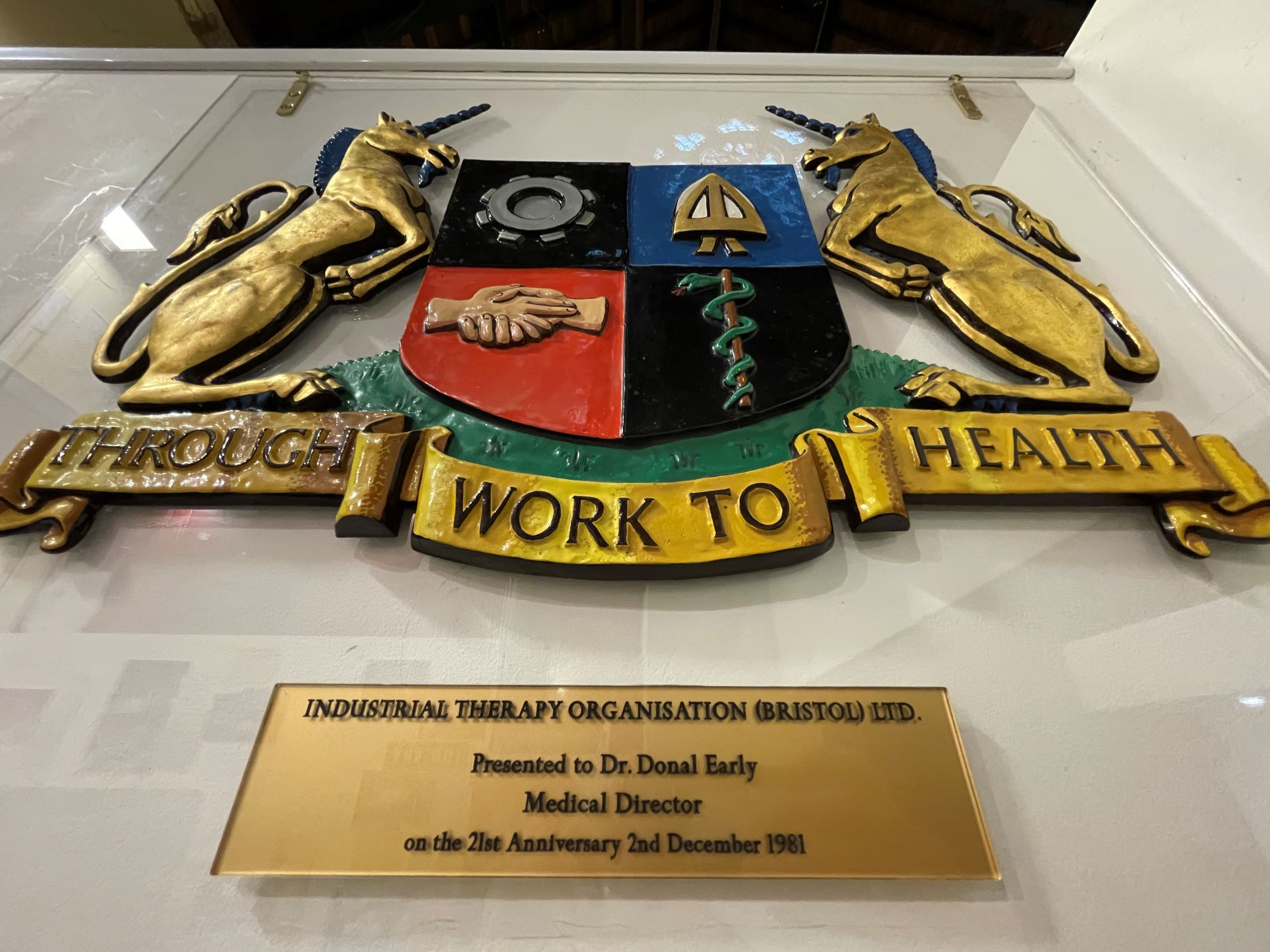
If you're keen to explore the history of Glenside Hospital more, please visit the following blog posts:
- The straitjacket and padded cell: care or brutality?
- What impression did Glenside Hospital have on those who lived and worked there?
- Butlins, stranger than a psychiatric hospital
Better still, pay us a visit at the museum or visit us virtually using the Bloomberg Connects app.
REVIEWS
Visitor feedback

Explore our collection from anywhere
Discover the fascinating history of Glenside Hospital Museum wherever you are. Browse our collection virtually through the free Bloomberg Connects app, and don’t miss our specially curated Top 20 Highlights Tour.






